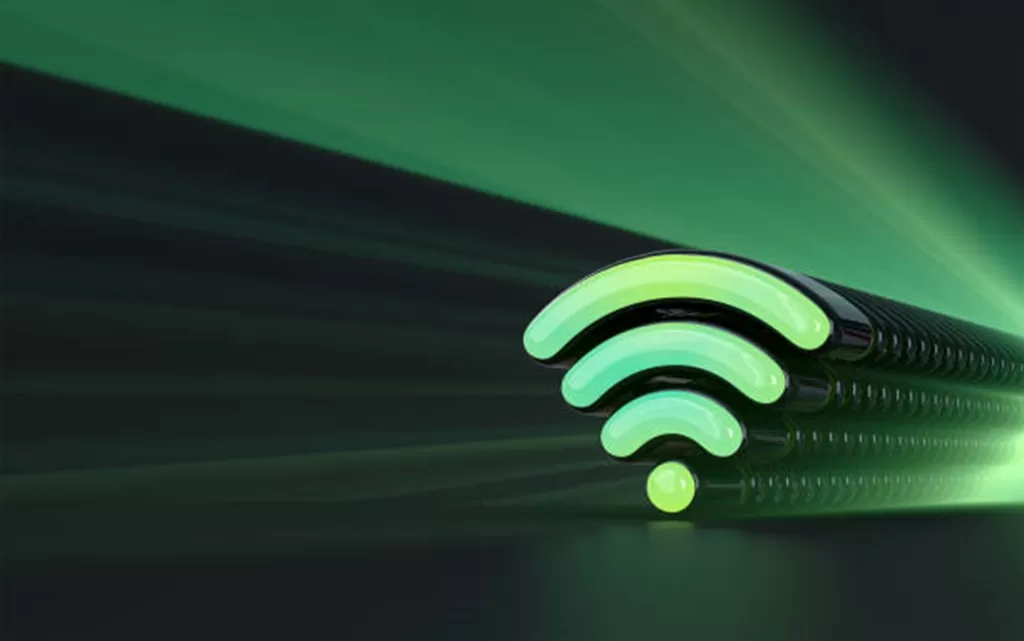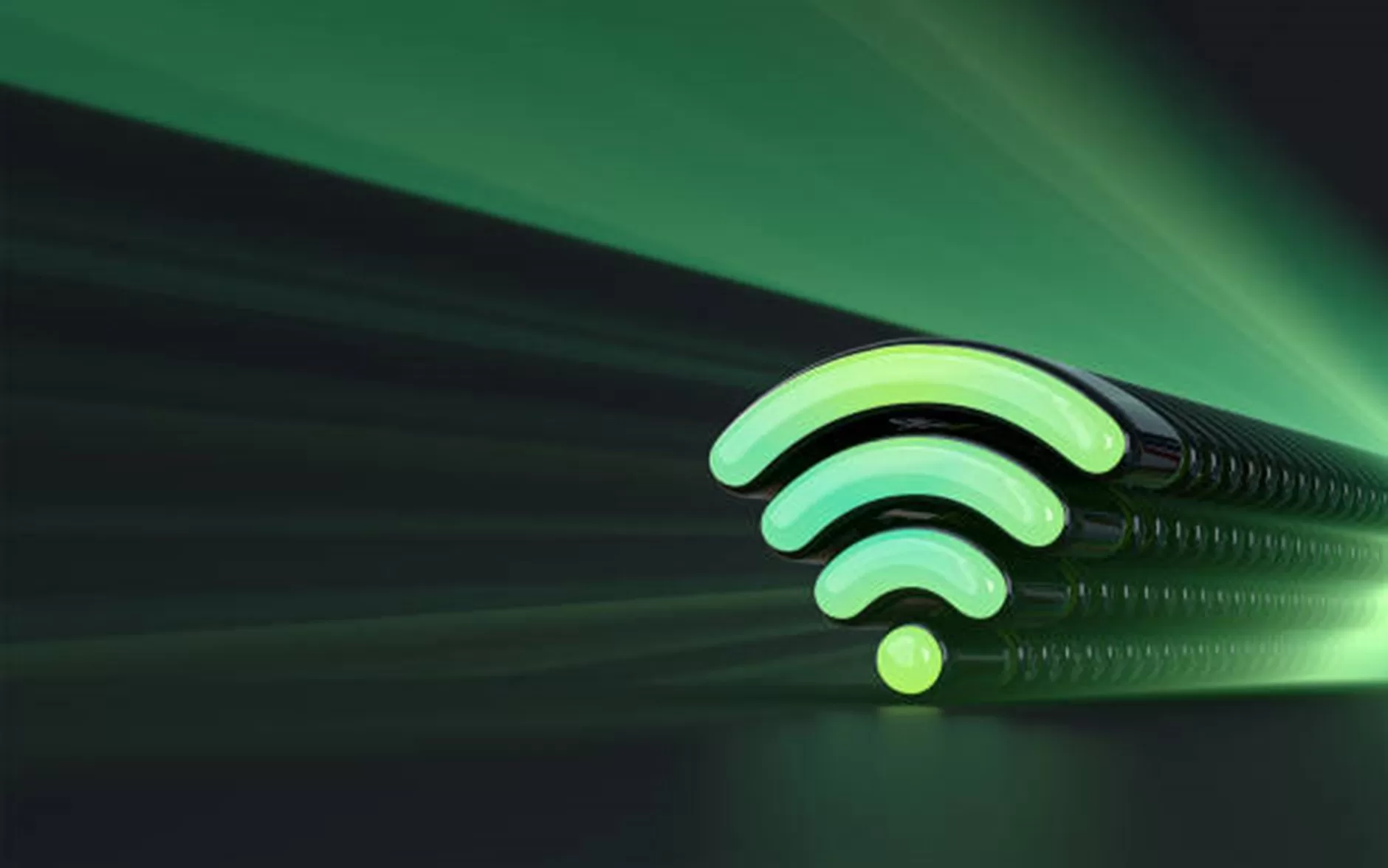Introduction :
In the world of wireless communication, Ultra-wideband (UWB) is an emerging technology that is gaining significant attention. Known for its high precision and low power consumption, UWB is being integrated into a variety of applications, from indoor positioning systems to consumer electronics. This blog will take you through the basics of UWB, its working principles, applications,etc.

What is Ultra-wideband (UWB)?
Ultra-wideband (UWB) is a wireless communication technology that operates over a broad range of frequencies. Unlike traditional narrowband systems that use a single frequency or a narrow range of frequencies, UWB spreads its signal over a wide frequency spectrum, typically more than 500 MHz. This means that instead of sending data on one specific frequency, UWB transmits data across a wide range of frequencies at the same time. This approach has several advantages:
-
High Data Rates :
By using a broad range of frequencies, UWB can send large amounts of data very quickly. This is because it can use multiple channels within the wide spectrum to transmit data simultaneously.
-
Low Power Consumption :
UWB signals are transmitted at very low power wireless technologies and helps extend the battery life of devices that use UWB.
-
Precision and Accuracy :
One of the standout features of UWB is its ability to provide highly precise location data. Because UWB can measure the time it takes for a signal to travel between devices (known as time-of-flight or ToF), it can determine the distance between devices with great accuracy, often within a few centimeters. This makes UWB ideal for applications that require pinpoint location tracking.
-
Robustness in Complex Environments :
UWB's wide frequency range helps it to perform well even in environments with many obstacles, like walls and furniture. It can effectively handle multipath propagation, where signals take multiple paths to reach the receiver, ensuring reliable communication even in challenging settings.
By utilizing these broad frequencies, UWB can offer superior performance in terms of speed, accuracy, and efficiency compared to many traditional wireless communication systems.
How UWB Works?
-
Pulse Transmission :
UWB systems send out very short pulses, typically in the range of nanoseconds. These pulses are distributed over a wide frequency range, generally more than 500 MHz. Because the pulses are so brief, they can be transmitted at very low power levels, reducing the chance of interference with other wireless systems.
-
Data Encoding :
Each pulse carries data by encoding it within the pulse's timing and shape. This method allows UWB to transmit large volumes of data quickly. The wide frequency spectrum also means that UWB can utilize multiple channels simultaneously, further increasing data transmission rates.
-
Time-of-Flight (ToF) Measurement :
UWB has the ability to measure the time it takes for a pulse to travel between a transmitter and a receiver. This is known as the time-of-flight (ToF). By precisely measuring the ToF, UWB devices can calculate the distance between them with high accuracy.
-
Ranging and Positioning :
The ToF data is used to determine the exact position of objects or devices. In a typical setup, multiple UWB devices communicate with each other, each measuring the ToF of pulses sent and received. By combining these measurements, UWB systems can triangulate the exact location of a device within a given space. This process is known as ranging and positioning.
-
Handling Multipath Propagation :
In environments with obstacles like walls and furniture, signals can take multiple paths to reach the receiver. UWB technology is adept at handling multipath propagation as the system can distinguish between the direct path and the reflected paths, ensuring reliable communication even in complex environments.
Is UWB the Same as RFID?
UWB is not the same as RFID. Although both UWB and RFID are used for tracking and identification, they have significant differences. UWB operates over a wide frequency range and is known for its high precision and low power consumption, making it ideal for applications requiring accurate location tracking. RFID, on the other hand, operates at specific frequency bands and is primarily used for identification and tracking of objects within a certain range. RFID is typically used in supply chain management, access control, and inventory management.
How UWB Compares with other wireless technologies like Wifi , Bluetooth?
Feature
Frequency Range
Range
Data Transfer Rate
Power Consumption
Security
Application
WiFi
2.4 GHz, 5 GHz
Up to 100 meters (indoor), 400 meters (outdoor)
Up to 1 Gbps
Moderate
WPA, WPA2, WPA3
Internet access, video streaming, file transfer
Bluetooth
2.4 GHz
Up to 10 meters
Up to 50 Mbps (Bluetooth 5.2)
Low
Secure Simple Pairing (SSP)
Short-range data transfer (headsets, speakers), wearables
UWB
3.1 - 10.6 GHz
Up to 10 meters
Up to several Gbps
Moderate
Varies
High-speed data transfer (video transmission), secure indoor positioning
Applications of UWB :
Indoor Positioning Systems :
UWB is widely used in indoor positioning systems (IPS) due to its high accuracy. Indoor Positioning Systems (IPS) are technologies used to locate objects or people inside buildings where GPS signals are weak or unavailable. These systems can track the real-time location of people and assets within complex environments like airports, shopping malls, and hospitals. IPS is crucial for various applications such as navigation assistance, asset tracking, and security.
Automotive Industry :
UWB technology is being used in keyless entry systems for cars, providing secure and precise access control. It accurately determines the distance to the key fob, allowing entry and reducing the risk of relay attacks.
Consumer Electronics :
UWB technology is increasingly integrated into smartphones and other consumer electronics, offering a range of advanced features. This technology enables secure payments by providing precise location awareness of devices involved in transactions, thereby ensuring transaction security. Additionally, UWB facilitates highly accurate location-based services, improving navigation and localization in indoor environments where GPS signals may be unreliable. UWB also supports fast and secure file sharing between devices, allowing users to transfer large files such as photos or videos between smartphones, tablets, and other compatible devices within close proximity.
Healthcare :
In healthcare settings, Ultra-wideband (UWB) technology plays a crucial role in various applications such as patient tracking, asset management, and ensuring the security of medical equipment. UWB enables precise and real-time tracking of patients within hospitals, which is essential for patient care by ensuring that medical staff can quickly locate and respond to patient needs.. UWB is also utilized for asset management, ensuring that critical medical equipment such as infusion pumps, ventilators, and defibrillators are always accessible and in the right place when needed. Additionally, UWB improves security measures by monitoring the location and movement of valuable medical stocks, minimizing the risk of theft or loss.
Conclusion :
Ultra wideband (UWB) technology is a powerful tool in the world of wireless communication, offering high precision, low power consumption, and the ability to support high data rates. Its applications are diverse, ranging from indoor positioning systems to automotive keyless entry and consumer electronics. Understanding the basics and varied applications of UWB can help individuals and businesses utilize this technology for their suitable needs.

